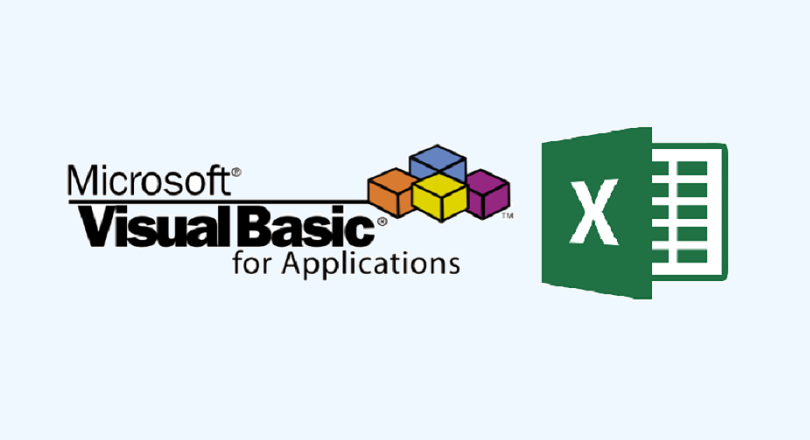
Free eBooks for Beginners
VBA (Visual Basic for Applications) is a programming language used within Microsoft Office applications, such as Excel. Arrays are a type of data structure that play a crucial role in VBA programming.
An array is a collection of values of the same data type, such as numbers, strings, or dates. These values are stored in a series of slots or elements, and can be accessed by their position within the array. For example, you could use an array to store a list of names or a set of numbers.
Arrays are useful in a variety of situations, such as:
- Storing multiple values of the same data type: If you need to store a large number of values, arrays can be a convenient way to keep these values organized.
- Processing data in bulk: Arrays can be used to perform operations on all values at once, such as finding the average or summing all elements.
- Keeping related data together: By storing related values in the same array, you can keep the data organized and easily accessible.
When working with arrays in VBA, it’s important to keep in mind the following concepts:
- Array size: The size of an array determines how many elements it can store. In VBA, arrays can be dynamic, meaning that their size can change as needed, or fixed, meaning that the size is determined when the array is created.
- Array index: The position of an element within an array is referred to as its index. In VBA, arrays are zero-indexed, meaning that the first element has an index of 0, the second element has an index of 1, and so on.
- Array elements: The individual values stored in an array are referred to as elements. Each element can be accessed by its index within the array.
In conclusion, arrays are a key component of VBA programming. They are a useful data structure for storing and manipulating multiple values of the same data type. Understanding the concepts of array size, index, and elements is important when working with arrays in VBA.
VBA for Beginners – Chapter 18 : Arrays
 Loading...
Loading...
Disclaimer: The information and code presented within this recipe/tutorial is only for educational and coaching purposes for beginners and developers. Anyone can practice and apply the recipe/tutorial presented here, but the reader is taking full responsibility for his/her actions. The author (content curator) of this recipe (code / program) has made every effort to ensure the accuracy of the information was correct at time of publication. The author (content curator) does not assume and hereby disclaims any liability to any party for any loss, damage, or disruption caused by errors or omissions, whether such errors or omissions result from accident, negligence, or any other cause. The information presented here could also be found in public knowledge domains.